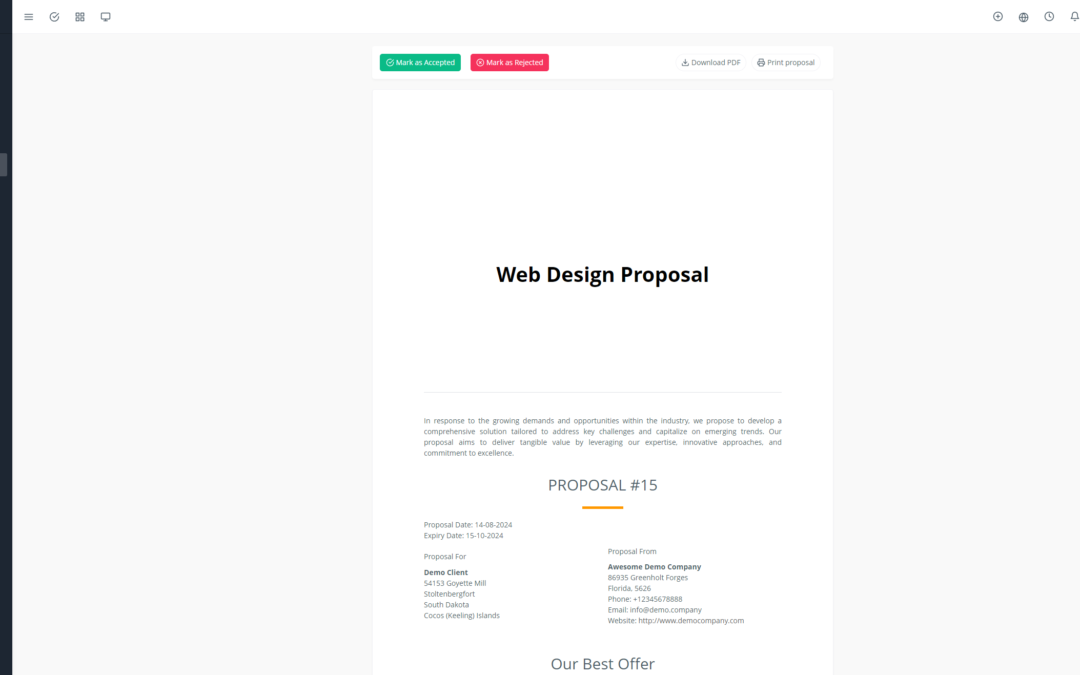In the competitive SaaS landscape, retaining customers is crucial for success. 🤝 But how do you know if your customers are truly satisfied? Measuring customer satisfaction is an essential process for identifying the strengths and weaknesses of your offering, and for improving your product and services. 📊
1. Defining Customer Satisfaction in SaaS
Customer satisfaction in SaaS refers to a customer’s level of contentment with your software solution and customer service. A satisfied customer is one who finds your product useful, easy to use, and meets their needs. 😄
2. Importance of Customer Satisfaction in SaaS
Customer satisfaction plays a critical role in the success of a SaaS business:
Customer Retention: Satisfied customers are more likely to stay loyal to your business. 🔒
Revenue Growth: Satisfied customers are more inclined to recommend your product to their networks and opt for premium offerings. 📈
Brand Reputation: Excellent customer service and satisfied customers strengthen your company’s reputation. 🌟
Loyalty: Customer satisfaction leads to a lasting and profitable relationship between your business and your customers. 🤝
3. Key SaaS Customer Satisfaction Metrics
Here are the main metrics to track for measuring customer satisfaction in SaaS:
a) Customer Satisfaction Surveys
Net Promoter Score (NPS) Surveys: Gauge the likelihood of a customer recommending your business to others. 🗣️
Satisfaction Surveys: Targeted questionnaires to gather specific feedback on your product and customer service. 📝
Customer Experience Surveys: Explore your customers’ overall experience with your solution. 🧭
b) Product Reviews and User Ratings
App Platform Ratings: Monitor ratings and reviews left by your users on platforms like G2, Capterra, and Trustpilot. ⭐️
Website Reviews and Comments: Encourage your customers to share their opinions about your product on your website. 💬
c) Customer Retention Rate
Monthly Retention Rate: Measure the percentage of customers who remain active with your product each month. 🗓️
Annual Retention Rate: Track the number of customers who stay loyal to your business over a one-year period. 📅
d) Net Promoter Score (NPS) Analysis
NPS: A key indicator of customer satisfaction that measures the likelihood of a customer recommending your business. 💪
Break Down NPS Responses: Analyze the comments left by customers to understand the reasons for their satisfaction or dissatisfaction. 🕵️♀️
e) Customer Feedback Monitoring
Website Feedback: Analyze comments left by your customers on your website. 🗨️
Social Media Feedback: Monitor online conversations and mentions of your brand. 🐦
f) Social Media and Online Forum Monitoring
Brand Mention Monitoring: Identify positive and negative comments about your business. 🔍
Sentiment Analysis: Utilize sentiment analysis tools to understand the general opinion of customers towards your brand. 📊
g) Support Ticket Volume Analysis
Number of Tickets Opened: A high volume of tickets may indicate problems with your product or customer service. 🚨
Ticket Volume Trend: Identify upward or downward trends to understand the evolution of your customers’ needs. 📈
h) Average Ticket Resolution Time
Average Resolution Time (ART): Measure the average time it takes your support team to resolve a ticket. ⏱️
First Contact Resolution Rate: A high rate indicates an efficient and responsive support team. 🌟
i) Support Ticket Satisfaction Rate
Support Ticket Satisfaction Rate: Measure the percentage of customers satisfied with your support team’s responses. 👍
Customer Comments on Tickets: Collect customer feedback on the effectiveness of your support team. 📝
j) Product Usage Frequency Analysis
Number of Sessions: Track the number of times your customers use your product. 💻
Average Time Spent on Product: High usage time suggests your customers find your product useful and engaging. ⏳
k) User Engagement Measurement
Activation Rate: Measure the percentage of customers who activate key features of your product. 🔑
Adoption Rate: Track the speed at which your customers integrate your product into their daily processes. 🚀
l) Key Performance Indicator (KPI) Analysis
Conversion Rate: Measure the percentage of leads who convert into paying customers. 💰
Customer Lifetime Value (CLTV): Estimate the total value a customer will generate during their relationship with your business. 💰
Customer Acquisition Cost (CAC): Calculate the cost required to acquire a new customer. 💸
m) Conversion and Acquisition Rate Tracking
Conversion Rate: Measure the effectiveness of your marketing campaigns and sales process. 🧲
Acquisition Rate: Track the number of new customers you gain each month or year. 📈
n) Churn Rate Analysis
Churn Rate: Measure the percentage of customers who unsubscribe from your service. 📉
Churn Reasons: Understanding why customers leave allows you to improve your offering. 🕵️♀️
o) User Experience (UX) Evaluation
Usability Testing: Get direct feedback from users on the ease of use of your product. 🕵️♀️
Customer Journey Mapping: Understand the complete journey of your customers and identify friction points. 🗺️
4. Integrating Customer Satisfaction Tracking Tools
Numerous SaaS tools can help you track and analyze customer satisfaction:
SurveyMonkey: For creating and distributing customer satisfaction surveys. 📝
Qualtrics: A comprehensive customer experience management tool. 📈
Intercom: For communicating with your customers and gathering feedback. 💬
User Interviews: For conducting interviews with your customers and gaining in-depth insights. 🗣️
5. Tips for Improving Customer Satisfaction in SaaS
Here are some tips for improving customer satisfaction in SaaS:
Provide excellent customer service: Be responsive, helpful, and professional. 🤝
Improve user experience (UX): Make your product easy to use and enjoyable. 💻
Collect and analyze customer feedback: Take your customers’ feedback into account to improve your product and services. 👂
Communicate effectively: Keep your customers informed about the latest updates and important events. 📣
Build a community around your product: Create a space for your customers to connect and share their experiences. 🤝
Personalize the customer experience: Offer personalized experiences based on the needs of each customer. 🎯
By measuring customer satisfaction and taking steps to improve it, you can strengthen customer retention, drive business growth, and create a lasting and profitable relationship with your customers. 🚀

